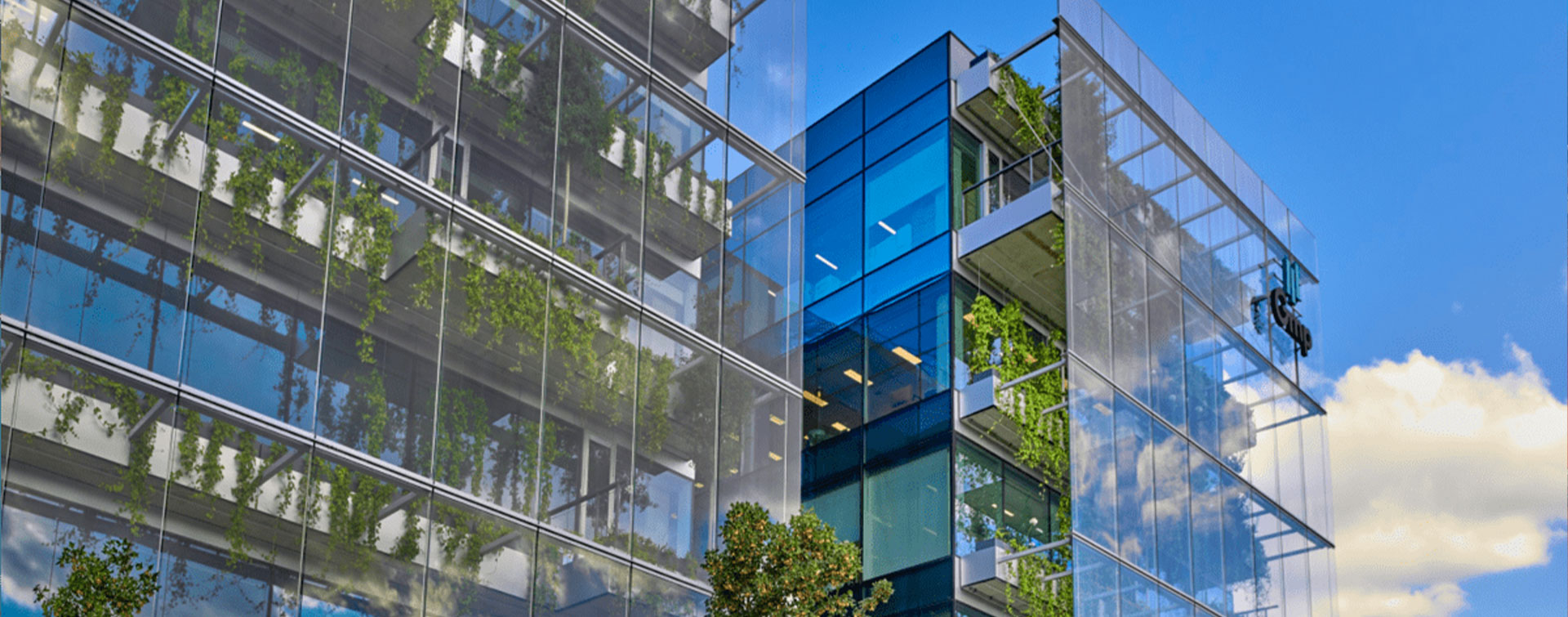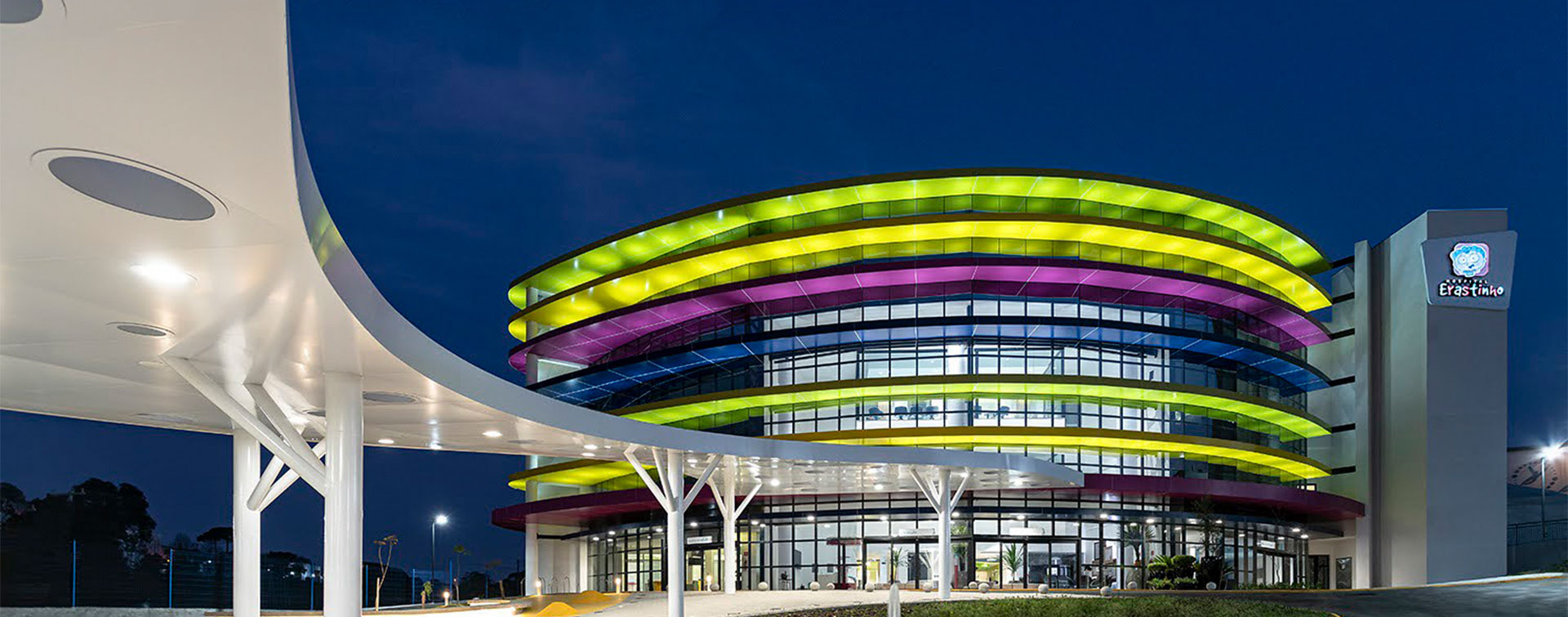 4 min
4 min
A genuine climate solution
The opportunities for energy renovation in the European Union are as vast as the territory of its 27 Member States. At present, more than 97% of the buildings inventoried must be modernized to meet energy-efficiency criteria. According to the European Parliament, they account for 40% of the EU’s final energy consumption, 36% of its CO₂ emissions, and 55% of its electricity consumption. The stakes are enormous. So much so that in 2020 the European Commission defined its “renovation wave strategy,” with a view to doubling the annual renovation rate by 2030. As well as reducing emissions, these renovations will improve the quality of life of those living in and using the buildings and are set to create many additional green jobs in the construction sector. In France, the legislative and regulatory arsenal has been expanded since 2015, ranging as far as the Climate and Resilience Act (2021), through which the government is aiming to help reduce greenhouse gas emissions in the building sector — the second-largest emitter after transport.
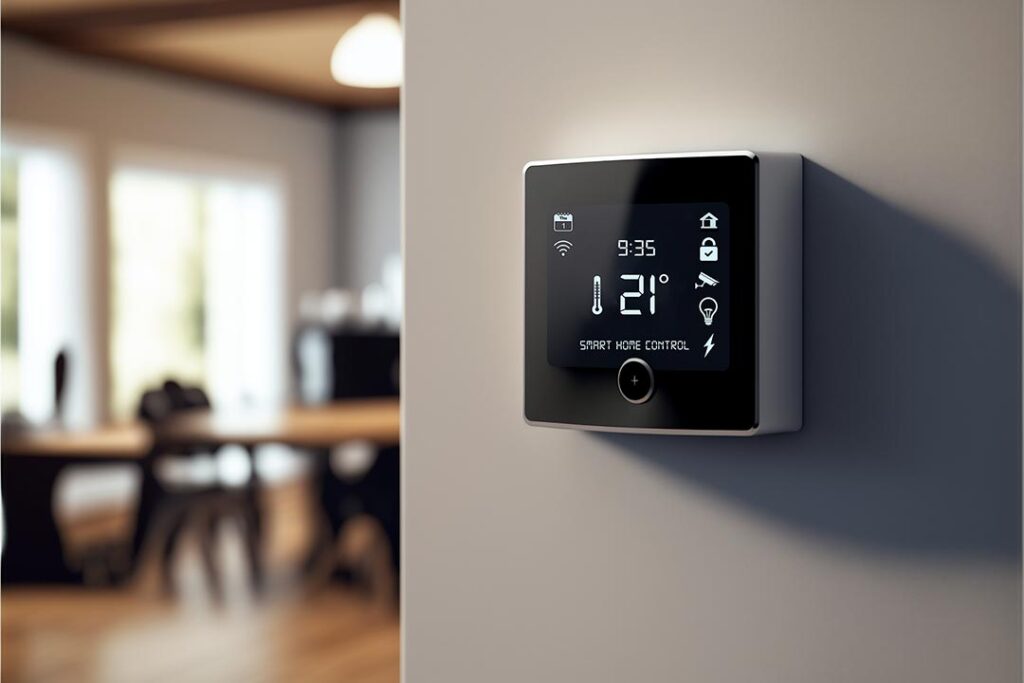
No to demolition; yes to renovation
To launch the sustainable mass roll-out of energy renovation in Europe, several avenues have been prioritized. On the European continent, support and incentive policies by the European Union and its Member States have accelerated significantly in recent years. Alongside the regulatory aspect, initiatives are being taken to finance renovation, including the additional effort made by the Union as part of its NGEU (Next Generation EU) 1 program to help certain member states make environmentally-friendly investments. Elsewhere in the world, renovation is a must. In the United States, the State of New York thus implemented its ambitious Climate Mobilization Act in 2019 — 50,000 large-sized buildings to be renovated, an €18-billion market by 2030, and the creation of 141,000 local jobs, becoming the sixth American state to adopt a “zero carbon” goal, after Hawaii, California, New Mexico, Nevada, and Washington.
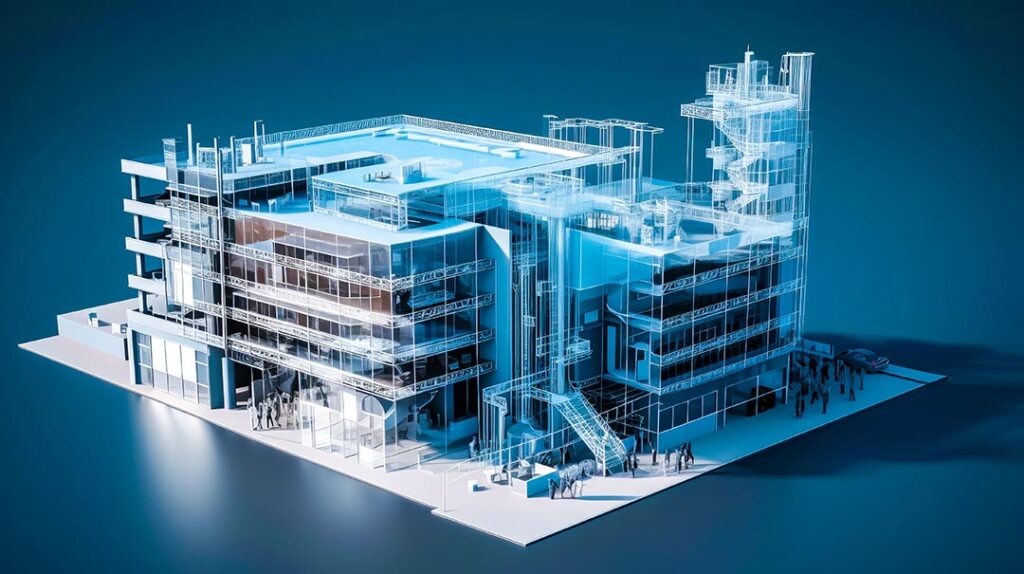
Reducing operational emissions
Successfully achieving these goals relies on the triptych of energy efficiency, conservation, and decarbonization. To this end, insulation (indoor and outdoor) is a starting point primarily concerning a building’s envelope and glass surfaces. This is followed by installing a controlled ventilation system and high-performance heating and air conditioning equipment. All these measures sustainably reduce occupants’ expenses while providing comfort, summer and winter alike. The results can already be seen, with energy consumption reduced 5.5-fold and CO₂ emissions down 12-fold on average.
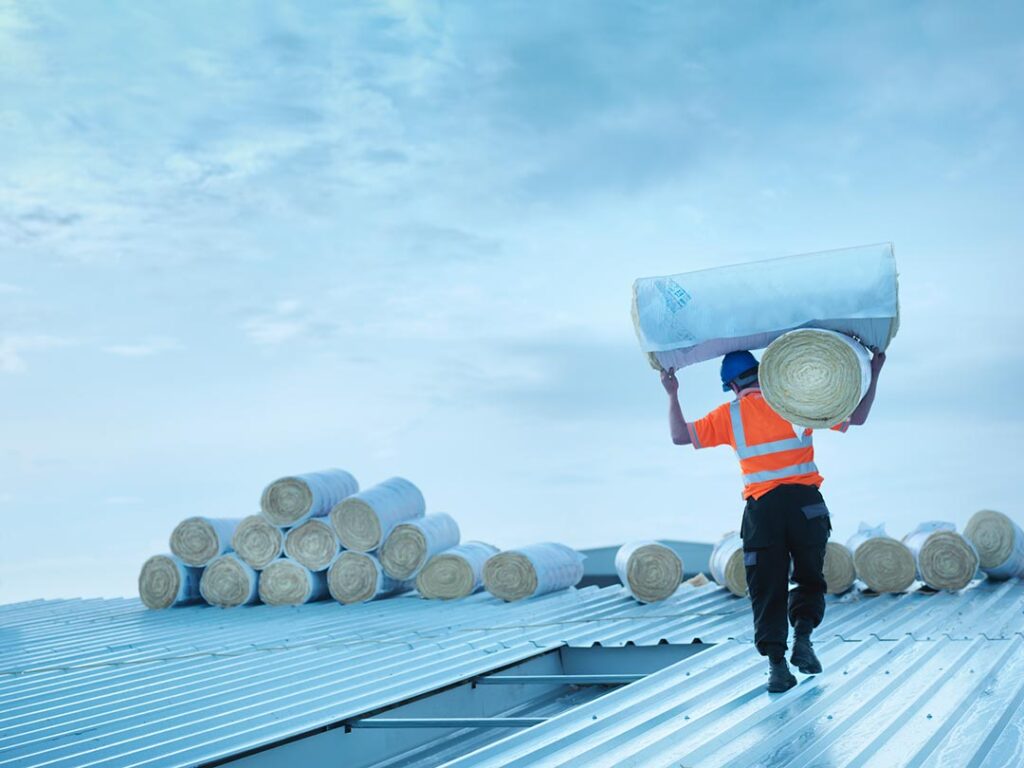
The question of “well-being” and public health
Reducing consumption is not energy renovation’s sole aim. A broader perspective should be taken, in which housing must correspond to a sedentary lifestyle heightened by population aging and the rise in working from home since the Covid pandemic. In this respect, the French spend an average of 16 hours per day at home[2]. The extent of these phenomena makes housing a key determining factor in health. Yet, 1.6 billion people worldwide live in unfit housing. This substandard housing is often associated with several risks, including economic and energy poverty, insalubrity, disease, etc. The World Health Organization estimates that investing to improve housing conditions would have more positive consequences in terms of health than directly investing in public health. In Toronto, for example, a study of the impact of exposure to fine particles demonstrated that making residential buildings (ventilation, etc.) compliant with the Building Code would allow savings of up to $2.3 billion/year in healthcare costs[3]. In France, the Ministry of Ecological Transition[2] calculates the health and social gain generated by renovating just one of the 1.3 million housing units considered to be the country’s worst “heat-leakers” at €7,500/year on average. Is there still a need to stress the health and economic benefits of building energy renovation? While the issues at stake and solutions are now known, action remains to be taken on a wider scale.

[1] Conserver, adapter, transmettre – Éditions du Pavillon de l’Arsenal, October 2022 [2] “Health and well-being” memo [3] Impact of residential building regulations on reducing indoor exposures to outdoor PM2.5 in Toronto - Zuraimi, M.S. and Tan, Z, 2015
Photo credits: © Constantin Batyltchouk//stock.adobe.com, © Flamingo Images/Stocksy//stock.adobe.com, © Monty Rakusen/GettyImages, © ninelutsk/stock.adobe.com








